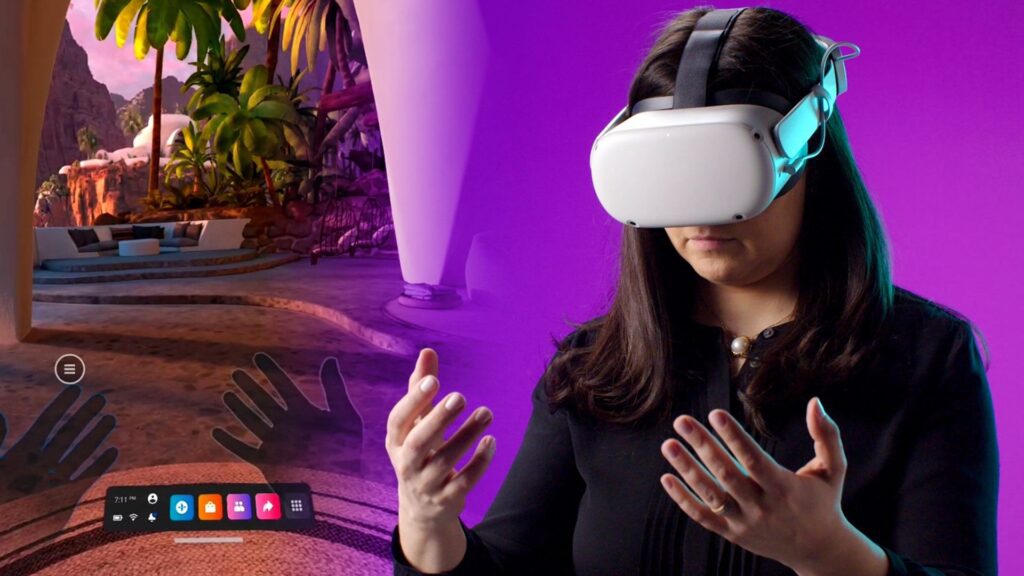Virtual reality (VR) gaming is projected to reach $42.5 billion by 2025 with a compound annual growth rate of 41.5%, according to a report by MarketsandMarkets. The gaming industry is identified as a major driver of the VR market with the demand for immersive experiences driving the adoption of VR technology. COVID-19 has also had a significant impact, with a surge in gaming hardware and software demand including VR gaming systems. Advancements in technology and increasing consumer adoption, as well as 5G technology allowing more reliable connectivity, is expected to drive growth in the market.
Virtual Reality Gaming Is Here to Stay: The Latest Market Projections
Introduction
Virtual reality (VR) gaming has been around for a few years now, but it’s only recently that the technology has become advanced enough to offer truly immersive experiences. With major players like Sony and Oculus investing heavily in VR gaming, it’s clear that this is a market that is here to stay. In this article, we’ll take a look at the latest projections for the VR gaming market and what they mean for the future of gaming.
The Current State of the Market
According to a report by MarketsandMarkets, the global virtual reality gaming market was worth $7.3 billion in 2020, and is projected to reach $42.5 billion by 2025. This represents a compound annual growth rate (CAGR) of 41.5% over the forecast period.
The report identifies the gaming industry as one of the major drivers of the VR market, with the demand for immersive gaming experiences driving the adoption of VR technology.
The Impact of COVID-19
The COVID-19 pandemic has had a significant impact on the gaming industry as a whole, with many people turning to gaming as a way to pass the time during lockdowns and social distancing measures. This has led to a surge in demand for gaming hardware and software, including VR gaming systems.
A report by SuperData, a subsidiary of Nielsen Holdings, showed that global VR gaming revenue was up 25% year-over-year in the first quarter of 2020, with VR headset sales up 170% year-over-year in the same period.
The Future of VR Gaming
The future of VR gaming looks bright, with new advancements in technology and increasing consumer adoption driving growth in the market. The adoption of 5G technology is also expected to have a significant impact on the VR market, enabling faster and more reliable connectivity and opening up new possibilities for remote gaming experiences.
Another factor that is expected to drive growth in the VR gaming market is the increasing availability of standalone VR headsets, which eliminate the need for a high-end gaming PC or console. These standalone headsets are expected to make VR gaming more accessible to a wider audience, driving demand for VR gaming content and driving growth in the market overall.
Conclusion
The VR gaming market is here to stay, with projected growth rates that are set to outpace other segments of the gaming industry. The impact of COVID-19 has only served to accelerate the adoption of VR technology, and with new advancements and increasing consumer adoption, the future of VR gaming looks bright.
